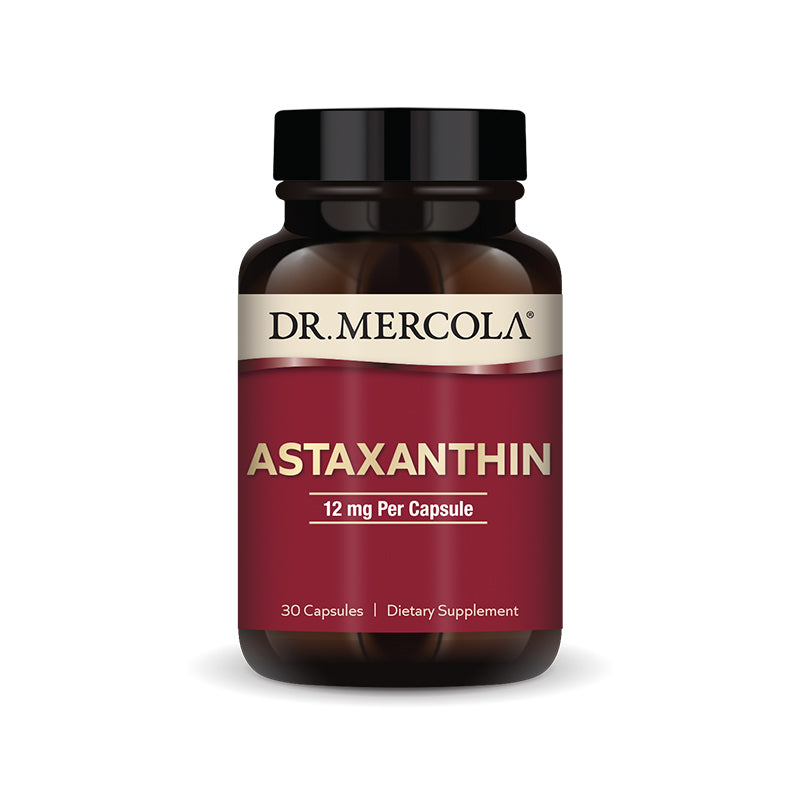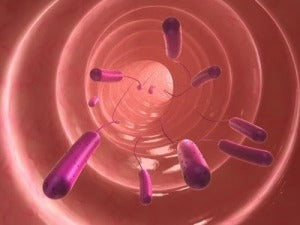Cart
0
by Glen Depke, Traditional Naturopath The acronym SIBO has been thrown around quite a bit lately and many are unaware of what this even stands for, let alone what it’s all about. SIBO stands for small intestinal bacterial overgrowth at a level of more than 10 to the 5th power of bacterial organisms per milliliter of fluid present in the small intestine. The normal level is 10 to the 3rd power for the small intestines and 10 to the 8th power for the colon or large intestine. Understanding SIBO is a significant key to irritable bowel syndrome(IBS). One of the clues for SIBO would be distention or bloating after meals that contain starch or fiber. When you consume sugars, galactans, fructans or starch that is then fermented by an abundant overgrowth of intestinal bacterial this will lead to gas formation. This can then lead to the production of methane or hydrogen which can then lead to either constipation or diarrhea. SIBO can arise from the failure of the gastric acid barrier, failure of small intestinal motility, anatomic alterations or impairment of systemic and local immunity. Here are the mechanisms for abdominal distention or bloating accompanied with SIBO:
- Low gastric acid to suppress growth of ingested bacteria
- Significant mucosal immune suppression
- Injury to enteric motor complex resulting in lower motility
- Weakened gut/brain axis with low activation of vagal motor nucleus resulting in lower motility
- Anatomical or structural changes to small intestine or ileocecal valve
- Starches
- Sugars/fructose
- Fructans
- Prebiotics
- Probiotics
- Fiber supplements
- Rice or pea powder
- Galactans
- Sugars
- Starches
- Corn syrup
- Rice
- Wheat
- Quinoa
- Millet
- Amaranth
- Tapioca
- Beans
- Peas
- Chickpeas
- Soybeans
- Lentils
- Lettuce
- Onions
- Artichokes
- Beets
- Broccoli
- Cabbage
- Brussels sprouts
- Peas
- Asparagus
- Okra
- Shallots
- Mushrooms
- Green peppers
- Cauliflower
- Grapes
- Apples
- Watermelon
- Cherries
- Kiwi
- Bananas
- Blueberries
- Mangos
- 9.3% with celiac disease
- 66% with celiac disease with persistent symptoms
- 15% of the elderly population
- 53% of those with antacid medication use
- 78% with irritable bowel syndrome (IBS)
- 33% with chronic diarrhea
- 34% with chronic pancreatitis
- 90% alcoholics
- Age related enteric nervous system degeneration
- Brain injury leading to poor vagal tone
- Neurodegenerative disease
- Abdominal anatomical disturbances such as fistula, diverticula or post-surgical alteration
- Proton pump inhibitor for gastric reflux
- Hypochloridria
- Antacid medication
- Chronic diabetes
- Radiation exposure
- Hypothyroidism
- Chronic pancreatitis
- Scleroderma or Celiac disease causing scarring on the intestinal wall
- Significant immunodeficiency
- Understand the underlying trigger and address appropriately
- Nutritional support the small intestine and its terrain
- Stimulate the motor complex with activation
- Gargle aggressively with several glasses of water throughout the day to activate the vagal moto
- Induce repeated gag reflexes by gently pressing down on the tongue throughout your day
- Perform coffee enemas to induce activation of enteric motility and hold enema contents for as long as possible to activate the gut/brain axis
- L- glutamine power
- Probiotic formula containing Lactobacillus and Bifidobacterium
- Enzyme containing Betaine HCI, Pepsin (porcine), Bromelain, Protease I, Protease II, Protease III, Protease IV, Glucoamylase, Cellulase, Sucrase (invertase), Maltase, Phytase, Pectinase, Lactase, Alpha-galactosidase, Lipase, Amylase I, Amylase II, Peptidase
- Combination of fatty acids with minerals and antioxidants
- Liver drainage support













